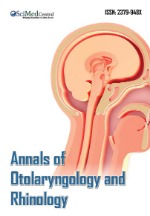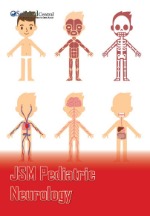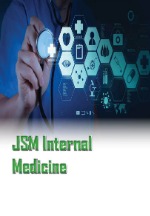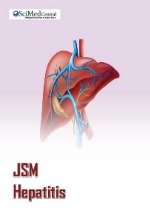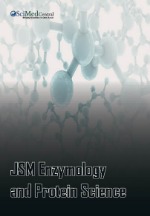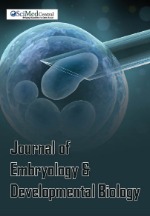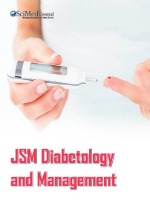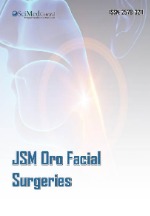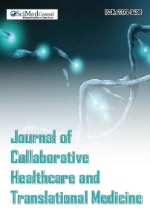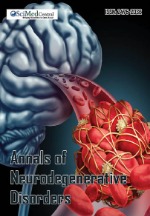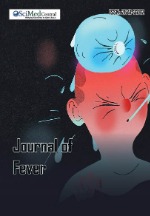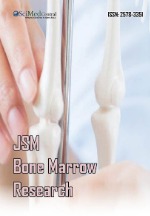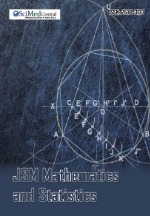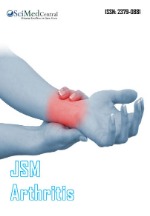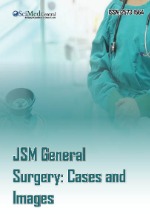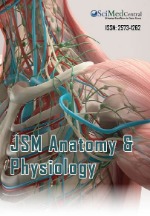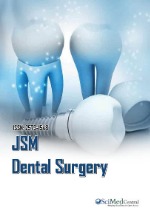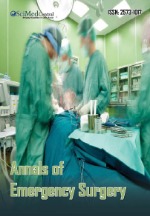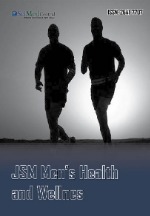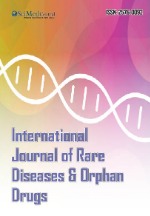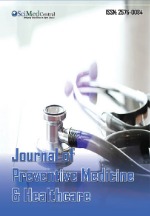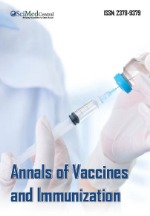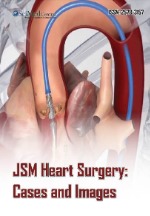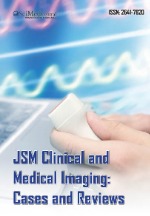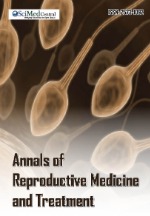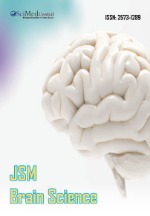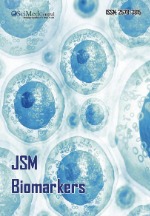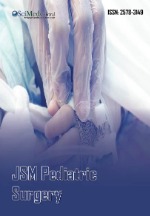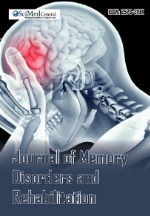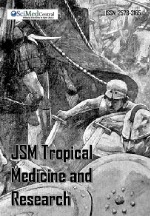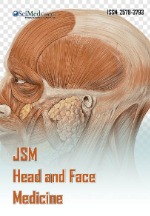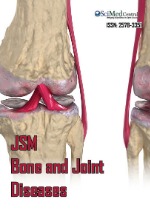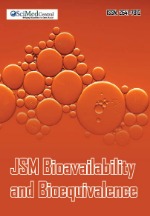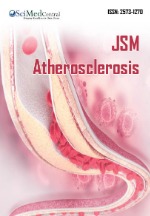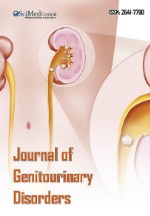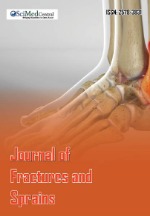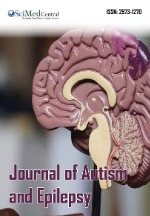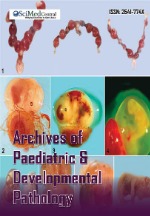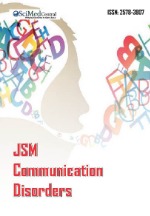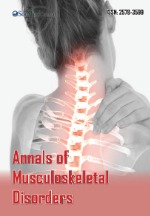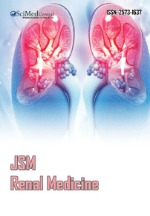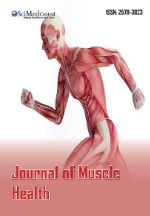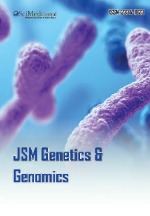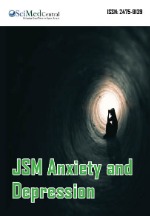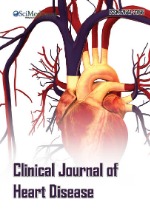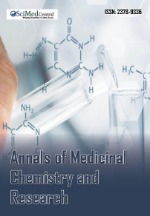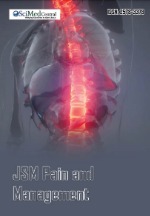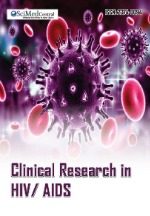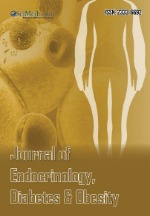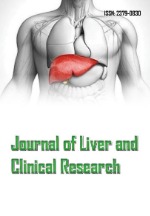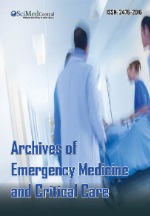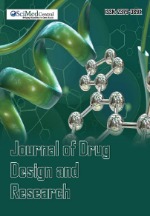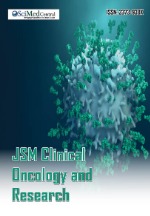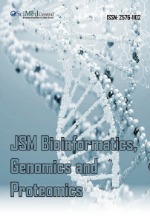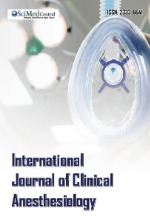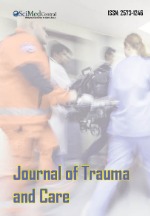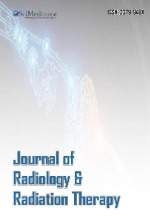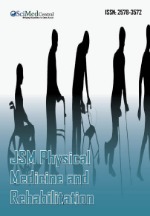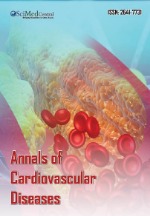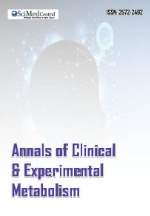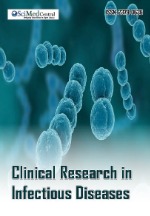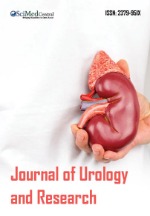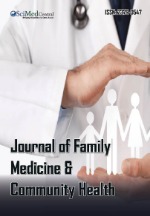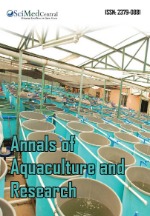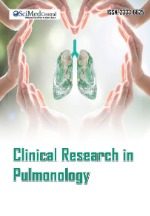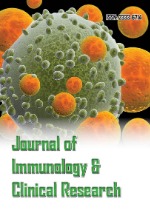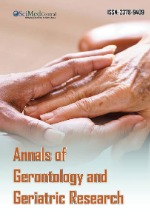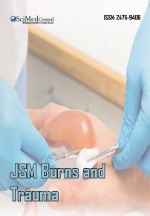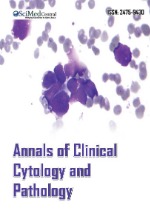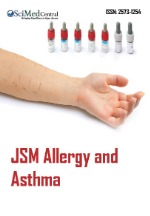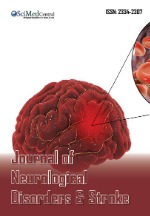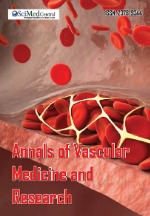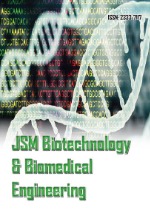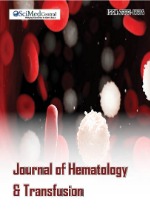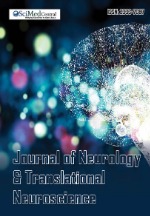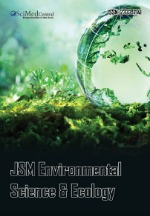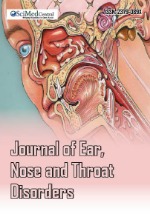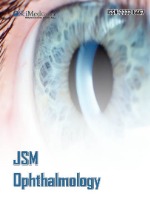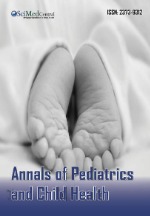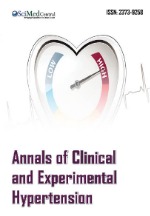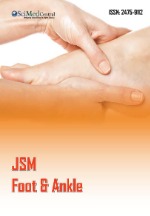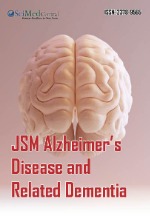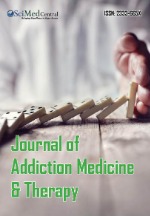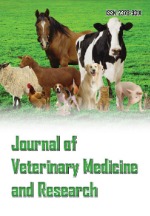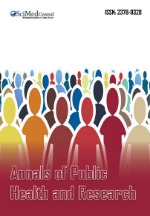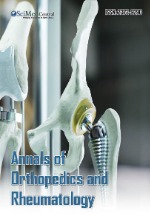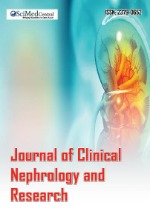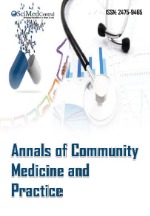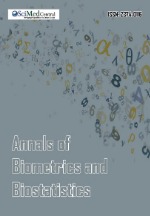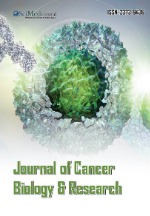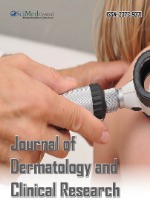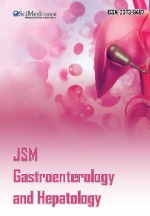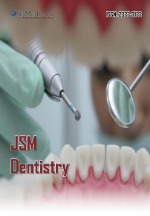The Interplay between Sleep Disorders and MASLD: A Mini Review
- 1. Division of Internal Medicine, Baylor Scott & White Medical Center, Temple, USA
- 2. Division of Gastroenterology, Baylor Scott & White Medical Center, Temple, USA
Abstract
Metabolic Dysfunction-Associated Steatotic Liver Disease (MASLD), formerly known As Non-Alcoholic Fatty Liver Disease (NAFLD), is a highly prevalent chronic liver disease closely linked to obesity, metabolic syndrome, and insulin resistance. While metabolic dysfunction is a well-established driver of MASLD pathogenesis, emerging evidence highlights a significant association between MASLD and sleep disorders, including Obstructive Sleep Apnea (OSA), insomnia, and circadian misalignment. Sleep disturbances contribute to disease progression through multiple mechanisms, including chronic intermittent hypoxia, systemic inflammation, oxidative stress, insulin resistance, and dysregulated lipid and glucose metabolism, all of which promote hepatic steatosis and fibrosis. Given the growing recognition of these interactions, targeted interventions addressing sleep disturbances may represent a novel therapeutic approach in MASLD management. This review synthesizes the available data on the relationship between MASLD and sleep disorders, elucidating the underlying pathophysiological mechanisms, clinical implications, and emerging therapeutic strategies.
KEYWORDS
- Metabolic Dysfunction-Associated Steatotic Liver Disease
- Metabolic Dysfunction-Associated Steatohepatitis
- Sleep Disorders
- Obstructive Sleep Apnea
- Insomnia
- Liver Disease Progression
CITATION
Stryelkina M, Nguyen M, and Vincent JL (2025) The Interplay between Sleep Disorders and MASLD: A Mini Review. J Sleep Med Disord 9(1): 1145.
ABBREVIATIONS
MASLD: Metabolic Dysfunction-Associated Steatotic Liver Disease; NAFLD: Non-Alcoholic Fatty Liver Disease; MASH: Metabolic Dysfunction-Associated Steatohepatitis; HCC: Hepatocellular Carcinoma; OSA: Obstructive Sleep Apnea; CIH: Chronic Intermittent Hypoxia; HIF-1α: Hypoxia-Inducible Factor 1-Alpha; TNF-α: Tumor Necrosis Factor-Alpha; IL-6: Interleukin-6; PSQI: Pittsburgh Sleep Quality Index; ALAT: Alanine Aminotransferase; ASAT: Aspartate Aminotransferase; BMI: Body Mass Index; CPAP: Continuous Positive Airway Pressure
INTRODUCTION
MASLD is among the most common chronic liver diseases worldwide, affecting an estimated 25-30% of the global population [1-3]. Its rising incidence is driven by the growing prevalence of metabolic syndrome, obesity, and insulin resistance, reflecting its role as the hepatic manifestation of metabolic syndrome [3-5]. MASLD encompasses a broad histopathological spectrum, ranging from simple hepatic steatosis to Metabolic Dysfunction- Associated Steatohepatitis (MASH), which can progress to fibrosis, cirrhosis, and Hepatocellular Carcinoma (HCC) [1,3,6]. While hepatic complications of MASLD are well characterized, accumulating evidence suggests a significant interplay between MASLD and extrahepatic conditions, including cardiovascular disease, chronic kidney disease, and, more recently, sleep disorders.
Sleep disturbances, including poor sleep quality, insomnia, irregular sleep duration, and Obstructive Sleep Apnea (OSA), are increasingly recognized as contributing factors in MASLD pathogenesis and progression. The underlying pathophysiological mechanisms linking sleep disorders and MASLD include systemic inflammation, oxidative stress, insulin resistance, dysregulated glucose and lipid metabolism, and gut microbiota alterations, all of which contribute to hepatic steatosis and fibrosis. This review examines the pathophysiological mechanisms linking sleep disturbances to MASLD progression and evaluates potential therapeutic strategies. Specifically, it explores the role of CPAP therapy in mitigating OSA- related metabolic dysfunction and liver injury.
OSA AND MASLD
Pathophysiology of OSA in MASLD
The association between OSA and MASLD is well established, with a growing body of evidence identifying OSA as a significant contributor to the pathogenesis and progression of MASLD. OSA is characterized by recurrent episodes of upper airway obstruction during sleep, resulting in Chronic Intermittent Hypoxia (CIH), oxidative stress, and systemic inflammation. Emerging research indicates that CIH in OSA induces insulin resistance and dyslipidemia, both of which play critical roles in MASLD development [7]. Furthermore, hypoxic conditions activate the Hypoxia-Inducible Factor 1-alpha (HIF-1α) pathway, promoting hepatic lipogenesis and oxidative stress, thereby exacerbating hepatic steatosis and fibrosis [7].
Systemic inflammation in OSA is characterized by elevated levels of pro-inflammatory cytokines, including Tumor Necrosis Factor-alpha (TNF-α) and Interleukin-6 (IL-6), which contribute to hepatocellular injury and fibrotic remodeling. Studies have demonstrated that patients with OSA exhibit significantly higher circulating levels of TNF-α and IL-6 compared to control populations, with these elevations correlating with disease severity [8- 11].
Clinical Evidence Linking OSA and MASLD
Clinical studies consistently demonstrate a strong association between the severity of OSA and the progression of MASLD. A systematic review and meta- analysis conducted by Musso, et al., reported that OSA is associated with an increased risk of MASLD, MASH, and liver fibrosis, with the severity of liver disease correlating with the severity of OSA [12]. Similarly, a systematic review and meta-analysis by Jin, et al., found that OSA severity is linked to elevated liver enzyme levels and histological features of MASLD, including steatosis, inflammation, and fibrosis [13]. Furthermore, Umbro, et al., observed a higher prevalence of MASLD among patients with OSA, even in the absence of obesity or metabolic syndrome, and reported a positive correlation between the severity of MASLD and OSA severity [14].
Observational studies further support the impact of OSA on the severity and progression of MASLD. Petta, et al., and Benotti, et al., demonstrated a strong association between OSA severity and the severity of MASLD [15,16]. Similarly, a large cross-sectional study by Sukahri, et al., identified a significant correlation between the degree of hepatic steatosis in MASLD and OSA severity [17]. Additionally, a large cohort study by Trzepizur, et al., reported that severe OSA is independently associated with increased liver stiffness, suggesting a higher risk of advanced liver disease [18].
SLEEP DURATION, QUALITY, AND CIRCADIAN MISALIGNMENT IN MASLD
Impact of Sleep Duration and Quality on MASLD
Growing evidence suggests that poor sleep quality and short sleep duration significantly contributes to the severity and progression of MASLD. Bernsmeier, et al., found that MASLD patients had shorter sleep duration (6.3 vs. 7.2 hours), and poorer sleep quality (PSQI: 8.2 vs. 4.7), than healthy controls, which correlated with elevated liver enzymes (ALAT, ASAT), and increased insulin resistance, indicating greater disease severity [19]. Similarly, Kim, et al., reported that short sleep duration (≤ 5 hours), was independently associated with an increased risk of MASLD, particularly in women, even after adjusting for BMI and other confounders [20]. Furthermore, Marin- Alejandre, et al., found that sleep disturbances, including both reduced sleep duration and poor sleep quality, were prevalent among obese individuals with MASLD and were significantly correlated with worsened hepatic outcomes, such as increased liver stiffness and elevated transaminase levels [21]. Interestingly, a recently published large cross- sectional study found that intermediate to late sleep timing with normal sleep duration increased MASLD risk, especially in men and those with cardiometabolic conditions [22].
Insomnia and MASLD Progression
Insomnia, a prevalent sleep disorder characterized by difficulty initiating or maintaining sleep, has been implicated in the pathogenesis and progression of MASLD through multiple pathophysiological mechanisms. Insomnia exacerbates metabolic dysfunction, including insulin resistance and systemic inflammation, both of which are central to MASLD development. Chronic sleep deprivation and poor sleep quality contribute to increased levels of pro-inflammatory cytokines and oxidative stress, promoting hepatic inflammation and fibrosis [23,24]. Several studies have established a significant association between insomnia and hepatic dysfunction. A Mendelian randomization study identified a causal relationship between insomnia and elevated alanine transaminase levels, as well as increased hepatic fat content, underscoring its direct impact on liver health [24]. Furthermore, a cross- sectional observational study demonstrated that poor sleep quality and reduced sleep duration correlate with increased liver stiffness and elevated liver enzyme levels, suggesting more advanced hepatic injury [25]. Disrupted sleep patterns also contribute to circadian misalignment, which impairs lipid metabolism and glucose homeostasis, exacerbating hepatic steatosis [26]. Circadian disruption enhances hepatic stellate cell activation, driving fibrosis and facilitating MASLD progression to MASH [27-31].
THERAPEUTIC STRATEGIES: THE ROLE OF CPAP AND SLEEP INTERVENTIONS
While CPAP therapy has been extensively studied for its potential benefits in OSA-related MASLD, other sleep-related factors, such as chronotype and circadian rhythm disruptions, may also play a significant role in disease progression. Chronotype, an individual’s natural preference for sleep and activity timing, has been identified as a key factor influencing MASLD severity (Table 1).
Table 1: Summary of Key Studies and Principal Findings Referenced in This Review.
|
Study Name |
Type of study |
Sample Size (n=) |
Key Findings |
|
Bernsmeier, et al. 2015 |
Case-control |
68 |
fibrosis. |
|
Fan, et al. 2022 |
Mendelian Randomization Study |
1029 |
risk. |
|
Sun, et al. 2023 |
Mendelian Randomization Study |
N/A |
|
|
Kim, et al. 2013 |
Cross-sectional analysis |
69,463 |
|
|
Li and Tan, et al. 2024 |
Cross-sectional analysis |
4477 |
|
|
Marin-Alejandre, et al. 2019 |
Cross-sectional analysis |
134 |
|
|
Xing, et al. 2024 |
Cross-sectional analysis |
39,471 |
|
|
Musso, et al. 2013 |
Systematic review and meta- analysis |
2183 |
|
|
Umbro, et al. 2020 |
Systematic review and meta- analysis |
2753 |
|
|
Jin, et al. 2018 |
Systematic review and meta- analysis |
2272 |
|
|
Benotti, et al. 2016 |
Cross-sectional analysis |
362 |
|
|
Petta, et al. 2015 |
Cross-sectional analysis |
126 |
severity.
|
|
Sukahri, et al. 2021 |
Cross-sectional analysis |
110 |
|
|
Trzepizur, et al. 2016 |
Cross-sectional analysis |
N/A |
|
Vetrani, et al., found that evening chronotypes, or people who tend to eat later and have delayed sleep-wake cycles, are associated with more severe MASLD, independent of age, gender, and BMI [32]. Moreover, a recent study reported that evening and intermediate chronotypes have a higher risk of significant and advanced liver fibrosis [33]. Given these associations, chronotherapy-an approach that aligns circadian rhythms with metabolic cycles-may offer a novel strategy for MASLD management by optimizing meal timing, sleep patterns, and lifestyle interventions to improve metabolic homeostasis and liver health [34].
CONCLUSIONS, LIMITATIONS, AND RECOMMENDATIONS
The existing literature has several limitations. Many studies rely on subjective sleep assessments, such as self- reports and questionnaires, which are prone to recall bias and may not accurately reflect sleep patterns. Additionally, confounding factors such as obesity, metabolic syndrome, and physical activity independently affect both sleep and liver health, complicating interpretations. In conclusion, sleep disorders, including OSA, insomnia, and circadian disruptions, contribute to MASLD progression through shared mechanisms such as inflammation, oxidative stress, insulin resistance, and gut dysbiosis. Addressing sleep dysfunction in MASLD patients through sleep disorder screening, CPAP therapy, sleep hygiene interventions, and chronotherapy may serve as a novel adjunctive approach in managing this growing public health burden. As research continues to uncover the complex relationship between sleep and liver disease, integrating sleep medicine into hepatology practice may improve overall metabolic and hepatic health in MASLD patients.
REFERENCES
- Younossi ZM, Koenig AB, Abdelatif D, Fazel Y, Henry L, Wymer M. Global epidemiology of nonalcoholic fatty liver disease—Meta- analytic assessment of prevalence, incidence, and outcomes. Hepatol. 2016; 64: 73-84.
- Younossi ZM, Golabi P, Paik JM, Henry A, Van Dongen C, Henry L. The global epidemiology of nonalcoholic fatty liver disease (NAFLD) and nonalcoholic steatohepatitis (NASH): a systematic review. Hepatol. 2023; 77: 1335-1347.
- Cusi K, Isaacs S, Barb D, Basu R, Caprio S, Garvey WT, et al. American Association of Clinical Endocrinology Clinical Practice Guideline for the Diagnosis and Management of Nonalcoholic Fatty Liver Disease in Primary Care and Endocrinology Clinical Settings: Co-Sponsored by the American Association for the Study of Liver Diseases (AASLD). Endocr Pract. 2022; 28: 528-562.
- Asrih M, Jornayvaz FR. Metabolic syndrome and nonalcoholic fatty liver disease: Is insulin resistance the link? Mol Cell Endocrinol. 2015; 418: 55-65.
- Marchesini G, Bugianesi E, Forlani G, Cerrelli F, Lenzi M, Manini R, et al. Nonalcoholic fatty liver, steatohepatitis, and the metabolic syndrome [published correction appears in Hepatology. 2003; 37: 917-923.
- Kanwal F, Shubrook JH, Adams LA, Pfotenhauer K, Wai-Sun Wong V, Wright E, et al. Clinical care pathway for the risk stratification and management of patients with nonalcoholic fatty liver disease. Gastroenterol. 2021; 161: 1657-1669.
- Aron-Wisnewsky J, Clement K, Pépin JL. Nonalcoholic fatty liver disease and obstructive sleep apnea. Metabolism. 2016; 65: 1124-1135.
- Díaz-García E, García-Tovar S, Alfaro E, Jaureguizar A, Casitas R, Sánchez-Sánchez B, et al. Inflammasome activation: A keystone of proinflammatory response in obstructive sleep apnea. Am J Respir Crit Care Med. 2022; 205: 1337-1348.
- Bhatt SP, Guleria R, Kabra SK. Metabolic alterations and systemic inflammation in overweight/obese children with obstructive sleep apnea. PLoS One. 2021; 16: e0252353.
- Fiedorczuk P, Olszewska E, Polecka A, Walasek M, Mroczko B, Kulczy?ska-Przybik A. Investigating the role of serum and plasma IL-6, IL-8, IL-10, TNF-alpha, CRP, and S100B concentrations in obstructive sleep apnea diagnosis. Int J Mol Sci. 2023; 24: 13875.
- Fei Q, Tan Y, Yi M, Zhao W, Zhang Y. Associations between cardiometabolic phenotypes and levels of TNF-α, CRP, and interleukins in obstructive sleep apnea. Sleep Breath. 2023; 27: 1033-1042.
- Musso G, Cassader M, Olivetti C, Rosina F, Carbone G, Gambino R. Association of obstructive sleep apnoea with the presence and severity of non-alcoholic fatty liver disease: A systematic review and meta-analysis. Obes Rev. 2013; 14: 417-431.
- Jin S, Jiang S, Hu A. Association between obstructive sleep apnea and non-alcoholic fatty liver disease: A systematic review and meta- analysis. Sleep Breath. 2018; 22: 841-851.
- Umbro I, Fabiani V, Fabiani M, Angelico F, Del Ben M. Association between non-alcoholic fatty liver disease and obstructive sleep apnea. World J Gastroenterol. 2020; 26: 2669-2681.
- Petta S, Marrone O, Torres D, Buttacavoli M, Cammà C, Marco VD, et al. Obstructive sleep apnea is associated with liver damage and atherosclerosis in patients with non-alcoholic fatty liver disease. PLoS One. 2015; 10: e0142210.
- Benotti P, Wood GC, Argyropoulos G, Pack A, Keenan BT, Gao X, et al. The impact of obstructive sleep apnea on nonalcoholic fatty liver disease in patients with severe obesity. Obesity (Silver Spring). 2016; 24: 871-877.
- Sukahri S, Mohamed Shah FZ, Ismail AI, Koshy M, Johari B, Razali MM, et al. Significantly higher atherosclerosis risks in patients with obstructive sleep apnea and non-alcoholic fatty liver disease. PLoS One. 2021; 16: e0253298.
- Trzepizur W, Boursier J, Le Vaillant M, Pierre-Henri D, Dubois S, Henni S, et al. Increased liver stiffness in patients with severe sleep apnoea and metabolic comorbidities. Eur Respir J. 2018; 51: 1800601.
- Bernsmeier C, Weisskopf DM, Pflueger MO, Mosimann J, Benedetta Campana B, Terracciano L, et al. Sleep disruption and daytime sleepiness correlating with disease severity and insulin resistance in non-alcoholic fatty liver disease: A comparison with healthy controls. PLoS One. 2015; 10: e0143293.
- Kim CW, Yun KE, Jung HS, Eun-Suk C, Min-Jung K, Eun-Hyun L, et al. Sleep duration and quality in relation to non-alcoholic fatty liver disease in middle-aged workers and their spouses. J Hepatol. 2013; 59: 351-357.
- Marin-Alejandre BA, Abete I, Cantero I, Riezu-Boj JI, Milagro FI, Monreal JI, et al. Association between sleep disturbances and liver status in obese subjects with nonalcoholic fatty liver disease: A comparison with healthy controls. Nutrients. 2019; 11: 322.
- Xing X, Ding M, Li C, Zhang M, Ximing X, Zhang LI, et al. Combined effects of sleep timing and nighttime sleep duration on non-alcoholic fatty liver disease. Prev Med. 2024; 187: 108116.
- Fan H, Liu Z, Zhang X, Yuan H, Zhao X, Zhao R, et al. Investigating the association between seven sleep traits and nonalcoholic fatty liver disease: Observational and Mendelian randomization study. Front Genet. 2022; 13: 792558.
- Sun Z, Ji J, Zuo L, Hu Y, Wang K, Xu T, et al. Causal relationship between nonalcoholic fatty liver disease and different sleep traits: A bidirectional Mendelian randomized study. Front Endocrinol (Lausanne). 2023; 14: 1159258.
- Li Y, Tan S. Sleep factors were associated with a higher risk of MAFLD and significant fibrosis. Sleep Breath. 2024; 28: 1381-1391.
- Diehl AM, Day C. Cause, pathogenesis, and treatment of nonalcoholic steatohepatitis. N Engl J Med. 2017; 377: 2063-2072.
- Jokl E, Llewellyn J, Simpson K, Adegboye O, Pritchett J, Zeef L, et al. Circadian disruption primes myofibroblasts for accelerated activation as a mechanism underpinning fibrotic progression in non- alcoholic fatty liver disease. Cells. 2023; 12: 1582.
- Chen LD, Lin L, Zhang LJ, Hui-Xue Z, Qi-Yin W, Miao-Feng H, et al. Effect of continuous positive airway pressure on liver enzymes in obstructive sleep apnea: A meta-analysis. Clin Respir J. 2018; 12: 373-381.
- Hirono H, Watanabe K, Hasegawa K, Kohno M, Terai S, Ohkoshi S, et al. Impact of continuous positive airway pressure therapy for nonalcoholic fatty liver disease in patients with obstructive sleep apnea. World J Clin Cases. 2021; 9: 5112-5125.
- Jullian-Desayes I, Tamisier R, Zarski JP, Aron-Wisnewsky J, Launois-Rollinat SH, Trocme C, et al. Impact of effective versus sham continuous positive airway pressure on liver injury in obstructive sleep apnoea: Data from randomized trials. Respirology. 2016; 21: 378-385.
- Labarca G, Cruz R, Jorquera J. Continuous positive airway pressure in patients with obstructive sleep apnea and non-alcoholic steatohepatitis: A systematic review and meta-analysis. J Clin Sleep Med. 2018; 14: 133-139.
- Ng SSS, Wong VWS, Wong GLH, Winnie C W C, Tat-On C, Kin-Wang T, et al. Continuous positive airway pressure does not improve nonalcoholic fatty liver disease in patients with obstructive sleep apnea: A randomized clinical trial. Am J Respir Crit Care Med. 2021; 203: 493-501.
- Vetrani C, Barrea L, Verde L, Sarno G, Docimo A, Alteriis GD, et al. Evening chronotype is associated with severe NAFLD in obesity. Int J Obes (Lond). 2022; 46: 1638-1643.
- Castelnuovo G, Perez-Diaz-Del-Campo N, Rosso C, Guariglia M, Armandi A, Nicolosi A, et al. Impact of chronotype and Mediterranean diet on the risk of liver fibrosis in patients with non-alcoholic fatty liver disease. Nutrients. 2023; 15: 3257.


